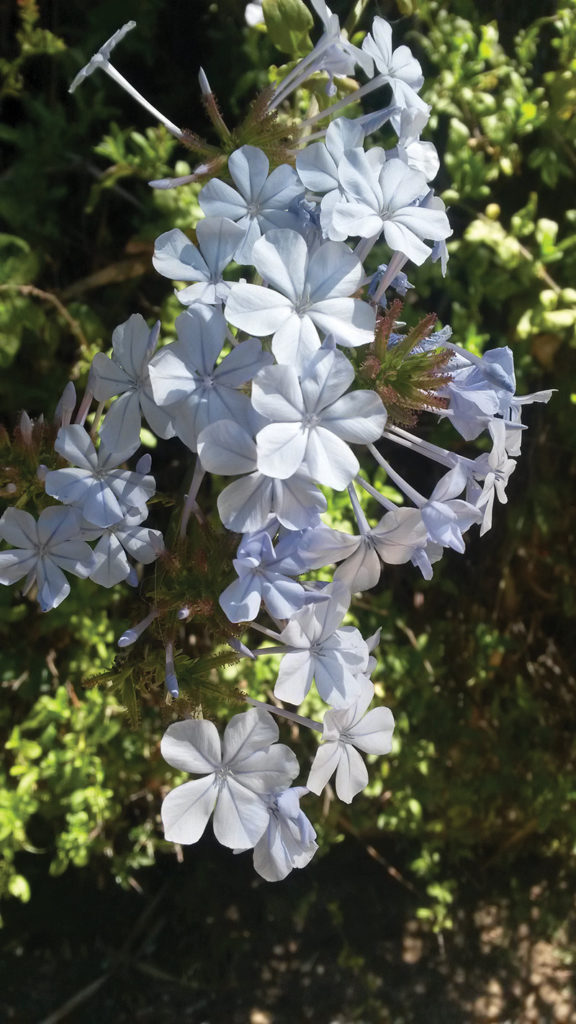
Photos: Someleze Mgcuwa
How is Mlanjeni (The Riverman)?
Mlanjeni was a son of Kala and a young commoner under chief Mqhayi in the Ndlambe district. He began to show signs of ukuthwasa – being called by the ancestors to train as an igqirha (diviner). He spent an extraordinary amount of time lying half submerged in a deep pool of the Keiskamma River, acquiring the name Mlanjeni.
Mlanjeni was famously known for his uncanny abilities to identify witches and eradicate evil spirits (ubuthi or ubugqwirha). He preached of a greatly anticipated event that would the arising and witches cast into hell.
The Riverman grew popular throughout British Kaffraria (territory between the Great Kei and the Keiskamma under colonial governance), Xhosaland and the Cape Colony and subsequently evaded capture by the colonial officials. He was as influential on the Xhosa nation as the war doctor, Nxele.
Yaqala imfazwe kaMlanjeni madoda (The war of Mlanjeni begins)
The Eighth Xhosa War, known as Mlanjeni’s War, was between the British and Xhosa forces, between 1850 and 1853. It was the eighth of nine Xhosa Wars.
The precipitator of the war was the attempted disposition of Chief Sandile, head of the Ngqika section of the Xhosa nation, in place of Charles Brownlee.
This blatant inconsideration of the sanctity of the Chief fed a rallying force behind him. In December 1850, the Governor Harry Smith met the Xhosa people on the slopes of the Amathole Mountains to broker terms of reconciliation, but the next day he sent forth an armed force “to make a show of British strength” thus inviting attack from the Xhosa.
This war saw a strong force of unity from the Xhosa as even the ‘Black Police’ (a paramilitary group of collaborators) rebelled against their white officers and the Khoi settlers in the Kat River Valley abandoned their traditional alliance with the colony to join the Xhosa’s battle against white domination.
The war continued till 1853, with the Xhosa suffering huge bouts of defeat and trying to curb the losses by making appeals to peace; however, nothing but “unconditional surrender” was acceptable to Smith.
The Xhosa held their own quite strongly, but the tactical campaign initiated by Lieutenant-Colonel William Eyre, of targeting the vulnerable homesteads and sources of subsistence, changed the tides of the war. The nature of the fighting against the Xhosa was exterminatory: “The colonial sources are dotted with references to those Xhosa shot dead while asleep or feigning death, or burned alive in their dwellings.”
In the end more land was lost as the Xhosa were dispersed from the Amathole district which became the Crown Reserve. Destitution loomed over the Xhosa who suffered vast losses in the war. http://www.sahistory.org.za/article/cattle-killing-movement
Mlanjeni’s Charms
Mlanjeni prepared the Xhosa nation for war with instructions on how to make themselves invulnerable to English bullets. This was to be achieved by rubbing to their bodies the juices from the root of a charm plant, Pelargonium pulverulentum, namely ikhubalo likaMlanjeni.
Further to this, when attacking the enemy, they were to chew the on short sticks of umthi ka Mlanjeni (Plumbago auriculata) spit out the fibres and call on the ancestors and the prophet to bless them.
Battlefield tragedy followed; hundreds were killed when the Riverman‘s protections was found to be non-existent. The guns of the Imperial troops did not shoot water, nor did the Xhosa warriors prove invulnerable to shot and shell… the battlefields were strewn with Mlanjeni’s charm-sticks dyed with the blood of the true believers (from J. Peires’ book The House of Phalo written in 1981).
Mlanjeni died shortly before peace was concluded. Rumours of his continued survival persisted through the 1850s and helped Mhlakaza, another prophet, to popularise his demands for the Xhosa to sacrifice all their livestock.
References
Lipschutz, M.R. and Rasmussen, R.K. Dictionary of African Historical Biography Second Edition, Expanded and Updated https://books.google.co.za/books?isbn=0520066111
Peires, J.B. The Dead Will Arise: Nongqawuse and the Great Xhosa Cattle-killing Movement of 1856-7 https://books.google.co.za/books?isbn=0253205247
Peires, J.B. The House of Phalo (1981).
RELATED STORY
http://www.grocotts.co.za/2018/06/05/pupils-relive-battle-of-grahamstown-with-a-creative-twist/


